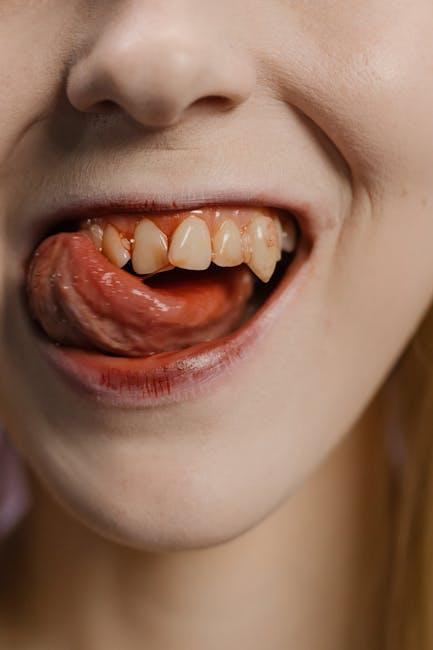
Does Medicaid Cover Dental? Orthodontics, Common Procedures & State Coverage
When it comes to health insurance, dental coverage often remains a confusing and critical question—especially for Medicaid recipients who want to ensure their oral health needs are met without breaking the bank. This article dives deep into the question, “Does Medicaid cover dental?” We also explore whether Medicaid includes orthodontics, common dental procedures covered, and how coverage varies by state.
Understanding Medicaid Dental Coverage
Medicaid is a state and federally funded program that assists eligible low-income individuals and families with healthcare costs. However, dental coverage under Medicaid is not standardized and varies by state, age group, and program.
Who Is Eligible for Medicaid Dental Benefits?
- Children and Teens: All states are federally required to provide dental benefits for individuals under 21 years old through the Early and Periodic Screening, Diagnostic, and Treatment (EPSDT) benefit.
- Adults: Dental coverage for adults on Medicaid is optional and depends on your state’s specific Medicaid plan.
Key Takeaway:
Medicaid dental coverage is more comprehensive for children than adults and is subject to significant state-to-state variation for adults.
Does Medicaid Cover Orthodontics?
Orthodontic treatment, including braces and other corrective procedures, is generally not covered by Medicaid for adults. However, there are some exceptions depending on the state and the specific medical necessity of the orthodontics.
Orthodontic Coverage for Children
Since dental services for children are mandatory under EPSDT, Medicaid can cover orthodontic treatment for minors when the treatment is deemed medically necessary. Common qualifying reasons include:
- Severe malocclusion affecting eating, breathing, or speech
- Congenital conditions like cleft palate
- Other oral health complications causing functional impairments
Adult Orthodontic Coverage Example
Some states may provide orthodontic coverage for adults, but these are rare exceptions and usually require extensive documentation of medical necessity. Always check your state’s Medicaid dental benefits.
Common Dental Procedures Covered by Medicaid
Exact coverage varies by state and age, but most Medicaid dental plans cover the following common procedures, especially for children:
- Dental exams and cleanings
- X-rays and diagnostic tests
- Fillings
- Extractions and root canals
- Sealants and fluoride treatments
- Emergency dental care
- Orthodontic treatment (with medical necessity for children)
Example Table: Medicaid Dental Coverage by State (Adults)
| State | Adult Dental Coverage | Orthodontics for Adults |
|---|---|---|
| California | Limited – Emergency & Extractions | No |
| Texas | Only Emergency Dental | No |
| New York | Comprehensive Coverage | Rarely (Medically Necessary) |
| Florida | Emergency and Routine Exams | No |
| Illinois | Full Adult Dental Benefits | Usually Not Covered |
State Variation in Medicaid Dental Coverage
The most significant factor affecting your dental benefits under Medicaid is your state of residence. While all states must cover comprehensive dental services for children, adult services vary widely:
- Full Adult Dental Coverage States: Provide comprehensive dental benefits that include diagnostics, preventive care, restorations, and sometimes orthodontics. Examples: Illinois, New York.
- Limited Adult Dental Coverage States: Cover basic or emergency services only, such as tooth extractions or pain relief. Examples: Texas, California.
- No Adult Dental Coverage States: Few states provide no dental benefits for adults on Medicaid.
How to Check Your State’s Medicaid Dental Benefits
To confirm details on your state’s dental coverage:
- Visit your state’s Medicaid website or Health Department portal.
- Use the Medicaid.gov locator tool for links and contact info.
- Consult with your Medicaid caseworker or dental provider for specifics about covered services.
Benefits of Medicaid Dental Coverage
Maintaining oral health is critical for overall wellness. Medicaid’s dental benefits, even if limited, provide essential access to preventive and emergency care that many low-income patients might otherwise forgo.
- Prevents costly dental emergencies.
- Supports general health: Poor oral health can exacerbate diabetes, heart disease, and other conditions.
- Improves quality of life: Helps maintain chewing, speech, and aesthetic confidence.
Practical Tips for Maximizing Medicaid Dental Benefits
- Schedule regular checkups: Use your preventive care benefits fully to avoid expensive procedures.
- Verify provider participation: Not all dentists accept Medicaid; find providers who do.
- Maintain good oral hygiene: Brush, floss, and avoid sugary foods to reduce the need for treatment.
- Get referrals if needed: Medicaid may require an orthodontic or specialist referral.
Real-Life Case Study: Sarah’s Orthodontic Journey with Medicaid
Sarah, a 14-year-old Medicaid beneficiary in New York, needed braces for a severe underbite affecting her ability to eat and speak clearly. After her orthodontist submitted detailed medical documentation, Medicaid approved the treatment, covering most expenses. Sarah’s case highlights how Medicaid can cover orthodontics for children with a documented medical need.
Conclusion
So, does Medicaid cover dental? The answer depends largely on your age and state. Medicaid always covers dental services for children and teens, including medically necessary orthodontics. Adult dental coverage is more limited and varies by state, often covering emergency services, with full coverage found in select states.
If you or your family members are enrolled in Medicaid, it’s crucial to research your state’s dental benefits, verify participating providers, and utilize available services to maintain your oral health. Keeping up with routine care now can prevent more serious, costly problems later.
For more detailed, personalized help with Medicaid dental coverage and benefits, visit Healthinsurance.org or contact your state Medicaid office directly.


